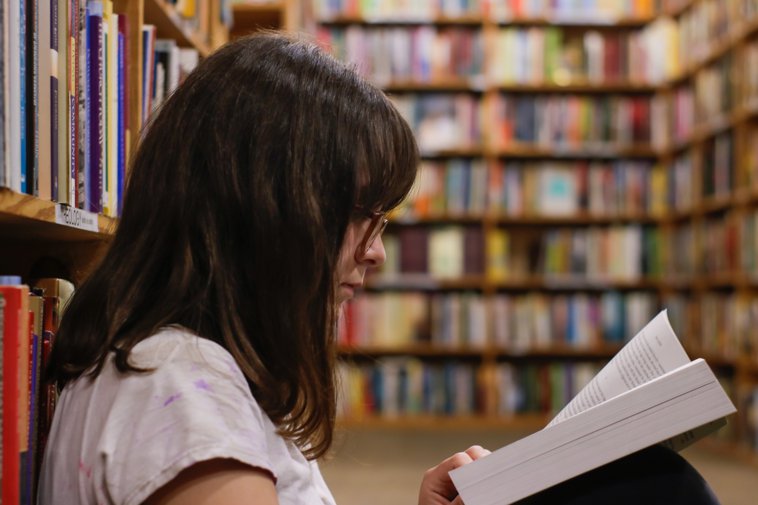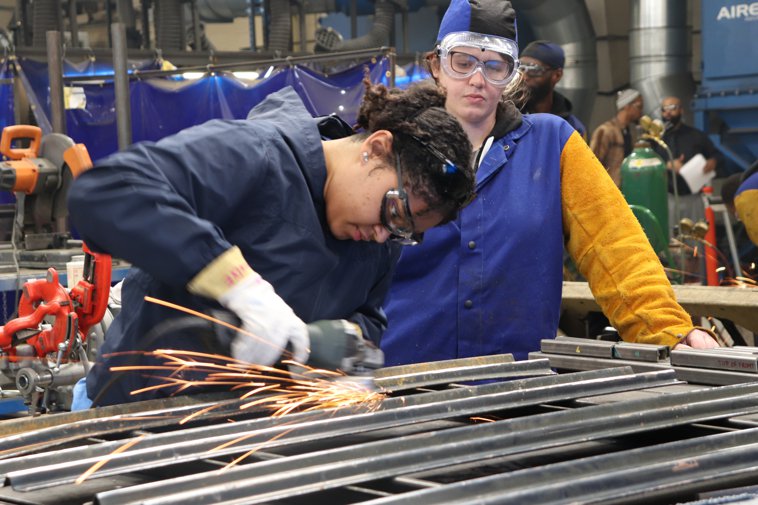The Spanish Educational System
In this article, we'll talk about the Spanish educational system, and we'll describe in detail all its different levels.
Questions This Article Answers
What is school like in Spain?
What are the different levels of school in Spain?
Do students in Spain learn different languages?
What does ESO mean in Spain?

The Spanish educactional system is divided into multiple levels, some of which are obligatory, and others that are not. Read on to learn more about education in Spain!
Educación Infantil
Educación infantil(early childhood education) is for children ages 0 to 6. It is not obligatory, but the majority of children in Spain attend infantil from 2 or 3 years of age onwards. Few schools offer educación infantil for children that are 0-1, but the number of public classrooms for children this age is increasing. Some children who do not get a spot at a public school attend guarderías(daycare centers) that generally admit children from 0 to 6 years of age.
Educación Primaria
Educación primaria(primary school) is obligatory in Spain. It goes from primero(first grade) to sexto(sixth grade), and primary school students tend to be between 6 and 12 years of age.
Educación Secundaria Obligatoria
Educación secundaria obligatoria(obligatory secondary education), or ESO, goes from seventh to tenth grades. In Spain, they start counting the grades again when students enter ESO, so you have primero(first), segundo(second), tercero(third), and cuarto(fourth) of ESO.
Bilingual and Trilingual Education in Spain
Spain offers bilingual and trilingual schools, even in the public system. These schools can offer bilingual education in español(Spanish) and inglés(English), francés(French), or alemán(German).
We must also remember that Spain has regions with co-official languages, like the Basque Country, Catalonia, and Galicia. In these regions, families may have the option to choose what degree of education they want in the co-official language of the region, from full immersion to the co-official language as a second language.
Bachillerato
Bachillerato(eleventh and twelfth grades) is post-obligatory secondary education. Students who want to attend university must either attend bachillerato or participate in a high-level vocational training program. In bachillerato, students prepare for the university entrance exam, which will determine what university they can attend, and what major they can study.
Formación Profesional

Formación profesional(vocational training) is another post-obligatory secondary education program. Grado mediois similar to an associate’s degree program, whereas grado superioris similar to university-level education. Students can study a host of different subjects, from pastry making to nursing to car mechanics!
Educación Artística
In Spain, students have access to educación artística(arts education) in the public sector in music, dance, and fine arts. While arts schools are not as widespread as general education schools, there tend to be arts schools in the major cities of a region, and satellite centers with a limited offer in other major towns and cities. Students may begin studying music and dance around eight years of age.
Universidad
In Spain, the universidad(college, university) greatly resembles college in other countries. One major difference between college in Spain and college in the United States and Canada is that it is less focused on liberal arts, and more on specialization in a subject.
Escuela Oficial de Idiomas
Adults in Spain have access to the escuela oficial de idiomas(official language school), where they can learn a language such as English, French, Portuguese, or German—among many other languages. Students are awarded official certificates of achievement when they pass a level.
Spanish Words to Talk About Education
Keen on learning more? Check out these articles!














